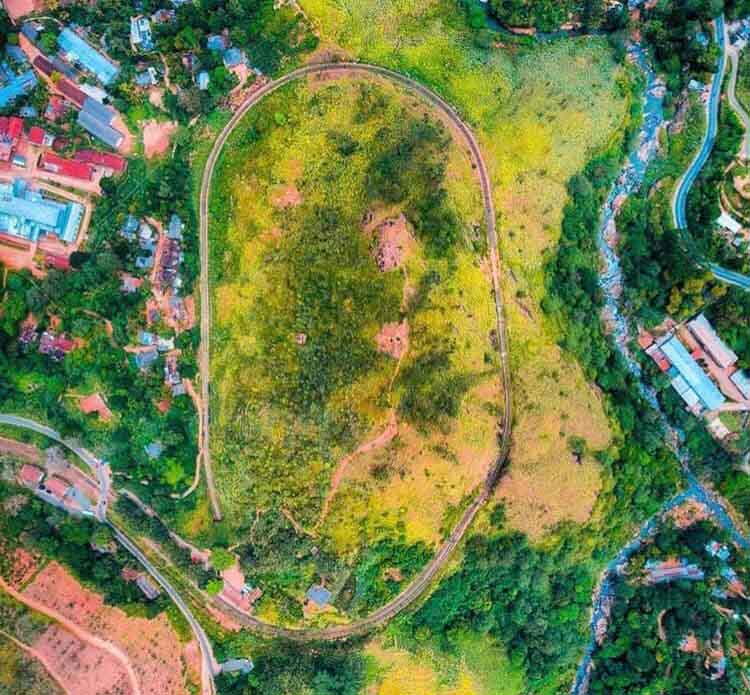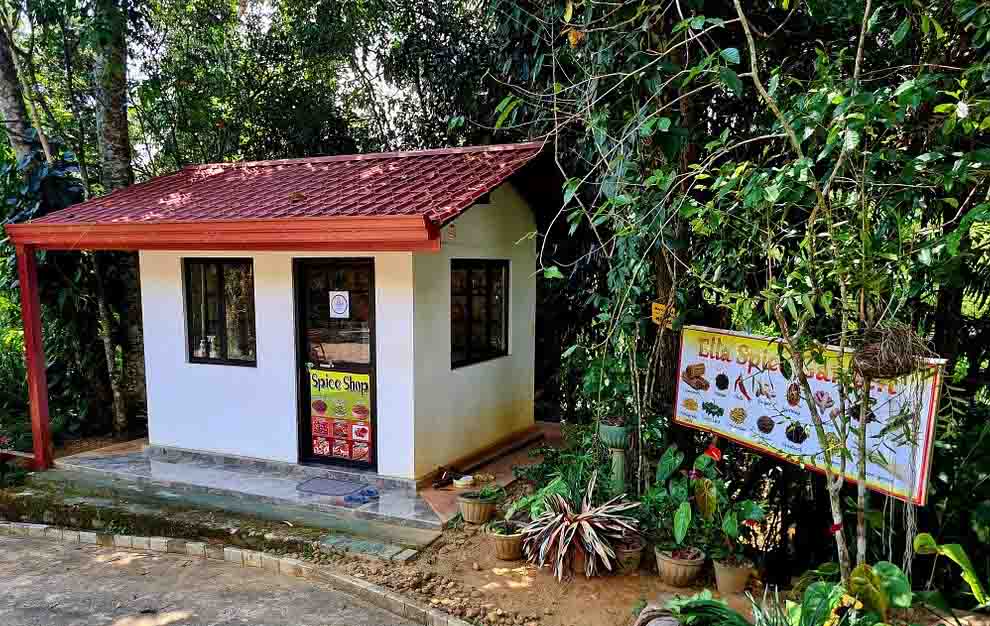Kaludiya Pokuna Forest & Archaeological Site in Dambulla

The Kaludiya Pokuna Forest & Archaeological Site in Dambulla is a hidden gem in Sri Lanka, blending natural beauty and historical significance. If you’re a nature enthusiast or history lover, this serene location offers a unique escape from bustling tourist spots while immersing you in the rich cultural heritage of Sri Lanka. . What is […]
Demodara Loop: A Marvel of Sri Lankan Railway Engineering

The Demodara Loop is one of Sri Lanka’s most remarkable railway wonders, located just a short distance from Ella. This unique loop is an engineering masterpiece and a must-visit spot for train enthusiasts and nature lovers alike. It’s a perfect blend of human ingenuity and natural beauty, offering an unforgettable experience. . What Makes the […]
Ella Spice Garden: Explore Sri Lanka’s Spices and Culinary Traditions

If you’re visiting Ella, don’t miss the chance to explore the Ella Spice Garden. This enchanting place is perfect for anyone curious about Sri Lankan spices and their role in the country’s famous cuisine. Located just a short distance from Ella town, this garden offers a hands-on experience with spices like cinnamon, cardamom, cloves, and […]
Accommodation Options in Sri Lanka | Where to Stay in Sri Lanka?

Sri Lanka, a tropical paradise, offers a diverse range of accommodation options to suit every traveler’s budget and preference. From luxurious beachfront resorts to cozy guesthouses nestled amidst lush greenery, you’ll find the perfect place to unwind and immerse yourself in the beauty of this island nation. Here’s a breakdown of the primary accommodation options […]
Is Sri Lanka Safe for Solo Female Travelers in 2025?

A Comprehensive Guide Sri Lanka, an island nation renowned for its stunning beaches, ancient ruins, and vibrant culture, has become an increasingly popular destination for solo female travelers. With its warm hospitality and breathtaking landscapes, Sri Lanka offers an unforgettable experience. However, like any travel destination, it’s essential to be aware of safety considerations. . […]
What’s the Weather Like in Sri Lanka in December?

A Tropical Paradise Awaits December marks the peak tourist season in Sri Lanka, offering a perfect blend of warm sunshine, lush greenery, and cultural experiences. With its tropical climate, the island nation enjoys consistently pleasant weather throughout the year, making it an ideal destination for travelers seeking sun, sea, and adventure. . Understanding Sri Lanka’s […]
Where to Go in Sri Lanka in December: A Traveler’s Guide

December in Sri Lanka: A Tropical Paradise December, a month of festivities and winter wonderlands, offers a unique charm to the tropical paradise of Sri Lanka. With its warm sunshine, lush greenery, and vibrant culture, the island nation becomes an alluring destination for travelers seeking a memorable holiday experience. In this blog post, we’ll delve […]
Is It Safe to Travel to Sri Lanka in 2025?

Your Safety is Our Priority Sri Lanka, an island nation renowned for its breathtaking landscapes, rich cultural heritage, and warm hospitality, has seen its share of challenges in recent years. However, the country is steadily recovering, and the tourism industry is making significant strides towards normalcy. So, is it safe to travel to Sri Lanka […]
Discover Serenity in the Heart of Colombo: A Journey to Diyatha Uyana

Are you planning a trip to Colombo and looking for a serene escape from the bustling city life? Look no further than Diyatha Uyana, a hidden gem nestled amidst the urban landscape. This sprawling urban park offers a tranquil oasis where you can unwind, rejuvenate, and immerse yourself in nature’s beauty. . What is Diyatha […]
Dutch Hospital Colombo: A Historical Gem in Sri Lanka’s Capital

Sri Lanka, a tropical island nation renowned for its breathtaking beaches, ancient temples, and vibrant culture, offers a diverse range of attractions for visitors. One such hidden gem is the Dutch Hospital Colombo, a historic landmark that has been transformed into a bustling shopping and dining complex. . What is the Dutch Hospital Colombo? The […]
